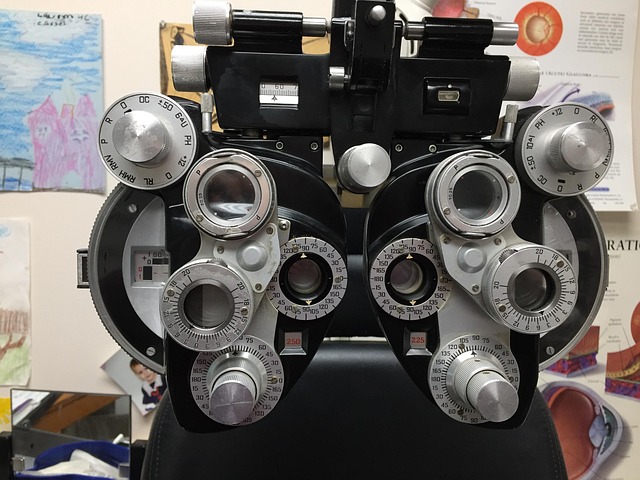Exploring Astigmatism through the Layers of Photography Optics
Photography is a magical art, capturing moments and emotions through the lens of a camera. Each image tells a story, but the clarity and detail of that story often rely on the intricate layers of optics that make up our photographic tools. One of the fascinating phenomena that photographers encounter is astigmatism. This optical defect can affect the images we create, leading us to explore the depths of both our understanding of light and the sheer beauty of imperfections.
Astigmatism occurs when a surface, such as a lens, is uneven in its curvature. Instead of having a uniform curvature, which would allow light rays to focus at a single point, an astigmatic lens creates multiple points of focus. The result? Photos that can sometimes appear fuzzy, with parts of the image unclear, while others remain sharp. This duality can evoke a sense of frustration but can also inspire creativity and exploration.
Imagine standing before the majestic landscape of a sunset, camera in hand, ready to capture the vibrant hues spilling across the sky. As you adjust your focus, you realize that certain parts of your image remain sharper than others. This is where the concept of astigmatism comes into play—an imperfect lens introduces a world of possibilities that challenge your perception and technique. Instead of shying away from this quirk, photographers can embrace it, using lens characteristics to create ethereal effects.
In the realm of photography, every lens tells a different story. Some may deliberately use lenses with astigmatism to achieve a unique bokeh or to render soft, dreamlike images. This artistic choice can add depth and emotion to a photo, allowing viewers to engage with the image on a more visceral level. Embracing the intricacies of optics, including the nuances of astigmatism, opens the door to new dimensions in photographic expression.
The layering of images in photography parallels the layers of optics within our lenses. Each decision, whether it’s the choice of camera, lens, or perspective, contributes to the final composition. As photographers, we are not just capturing reality; we are interpreting it through our unique lenses, shaped by our experiences and vision. Astigmatism, in this sense, becomes a metaphor for viewing life through a different lens, adding complexity to such a seemingly simple act.
As you delve deeper into your photography journey, take time to explore the effects of astigmatism in your own work. Experiment with various lenses, notice how they change the aesthetic of your photos, and allow your creativity to blossom. Sometimes, it’s the layers of imperfections that make an image truly stand out, resonating with viewers on an emotional level.
In the beautiful world of photography, it’s not just about achieving perfection; it’s about telling a story and capturing the essence of what we see. Through the lens of astigmatism, we can learn to appreciate the art within the flaws, celebrating the uniqueness they bring to each captured moment.



